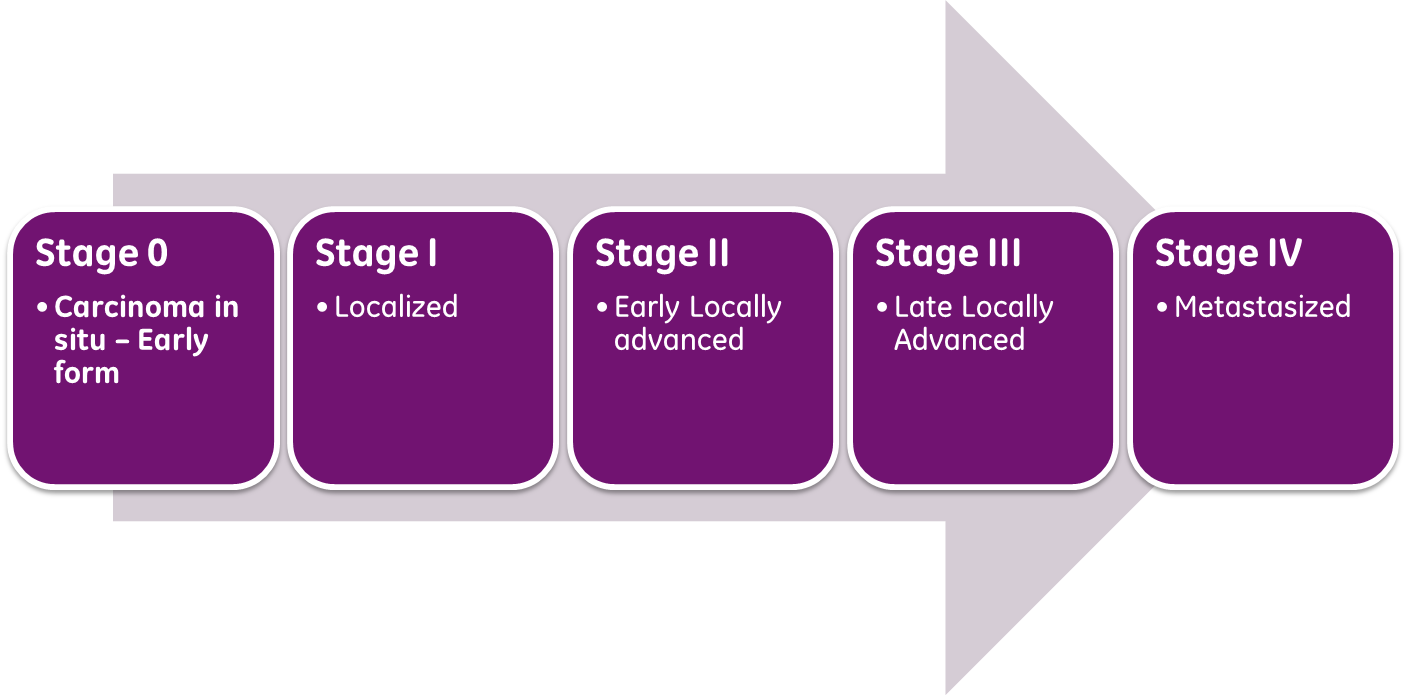Treatment of lung cancer
Treatment of lung cancer refer
to the use of medical therapies, such as surgery, radiation, chemotherapy and
targeted therapies, in alone or combination to cure or lessen the impact of
malignant neoplasms originating in lung tissue.
Surgery
The aim of lung cancer is to remove the entire
tumour and some normal tissue at the margin. Surgery can be curative when lung
cancer was caught before spread beyond the lungs. However, there are some side
effect of surgery, that are infection, bleeding,
and shortness of breath, depends on the
amount of tissue removed. Surgery is rarely used in stage 3b or stage 4
non-small cell lung carcinoma. The three procedure in surgery are as below,
·
Wedge
resection – the tumor and
some surrounding tissue is removed
·
Lobectomy – a lobe of the lung is removed
·
Pneumonectomy – an entire lung is removed
Radiation
Radiation therapy use x-rays of high energy
applied to kill the cancer cell. It can be combined with chemotherapy. In
patients with stage one or two non-small cell lung carcinoma, radiotherapy
alone results in 13–39% of patients surviving to five years. The common side
effect of radiation therapy is redness and irritation of the skin. Radiation
therapy used in different stage as below,
·
After
surgery – To treat any
cancer cells that might remain in the area after surgery.
·
Before
surgery – To decrease
the size of a tumor and make surgery more effective.
·
To
cure cancer – With small
tumors, and in patients that are unable to have surgery due to age, location of
a tumor or other medical conditions, radiation therapy can sometimes offer the
chance for a cure.
·
To
treat lung cancer – Both locally,
such as nearby lymph nodes and to other parts of the body, such as the brain.
·
To
treat symptoms – When a tumor
is causing symptoms such as shortness of breath and pain, sometimes radiation
therapy is used to reduce tumor size to decrease symptoms.
·
For
prevention – In small-cell
lung cancer, radiation therapy to the brain is sometimes given to kill any
cells that have spread to the brain but are not detected by scans. This is
called Prophylactic Cranial Irradiation (PCI).
Chemotherapy
In patients with stage 3
lung cancer that cannot be removed, treatment with combined radiotherapy and
chemotherapy improves survival significantly. Sometimes, chemotherapy is used
along with surgery to to catch cancer cell that have spread microscopically.
Chemotherapy also given as a palliative therapy, to improve survival time and
decrease symptoms. Chemotherapy
medications work by killing rapidly dividing cells. Chemotherapy is a “systemic treatment
,” meaning that it works to kill cancer cells anywhere in the body. In some cases,
chemotherapy is used before surgery to shrink a tumor and improve the chances
that surgery will be effective.
Targeted therapies
Unlike traditional chemotherapy, these treatments target proteins on cancer cells or
target normal cells that have been hijacked by the tumor in its attempts to
grow. For that reason they tend to have fewer side effects that many of the medications
used for cancer. Currently, these are used primarily for
stage 3 and 4 lung cancer that has not responded to other
treatments.
- Fong Chee Cheng

Great knowledge, do anyone mind merely reference back to it
ReplyDeleteopdivo lung cancer treatment